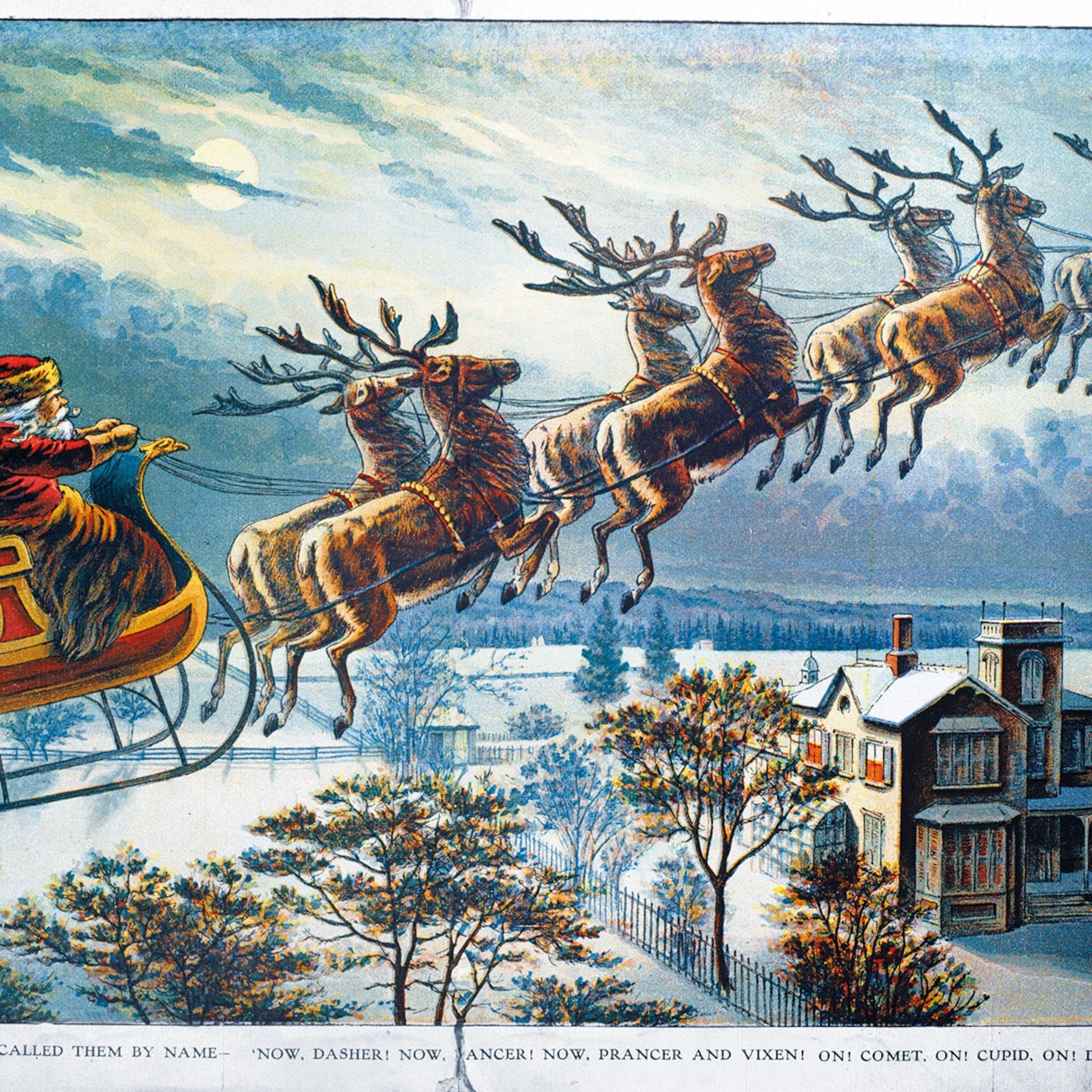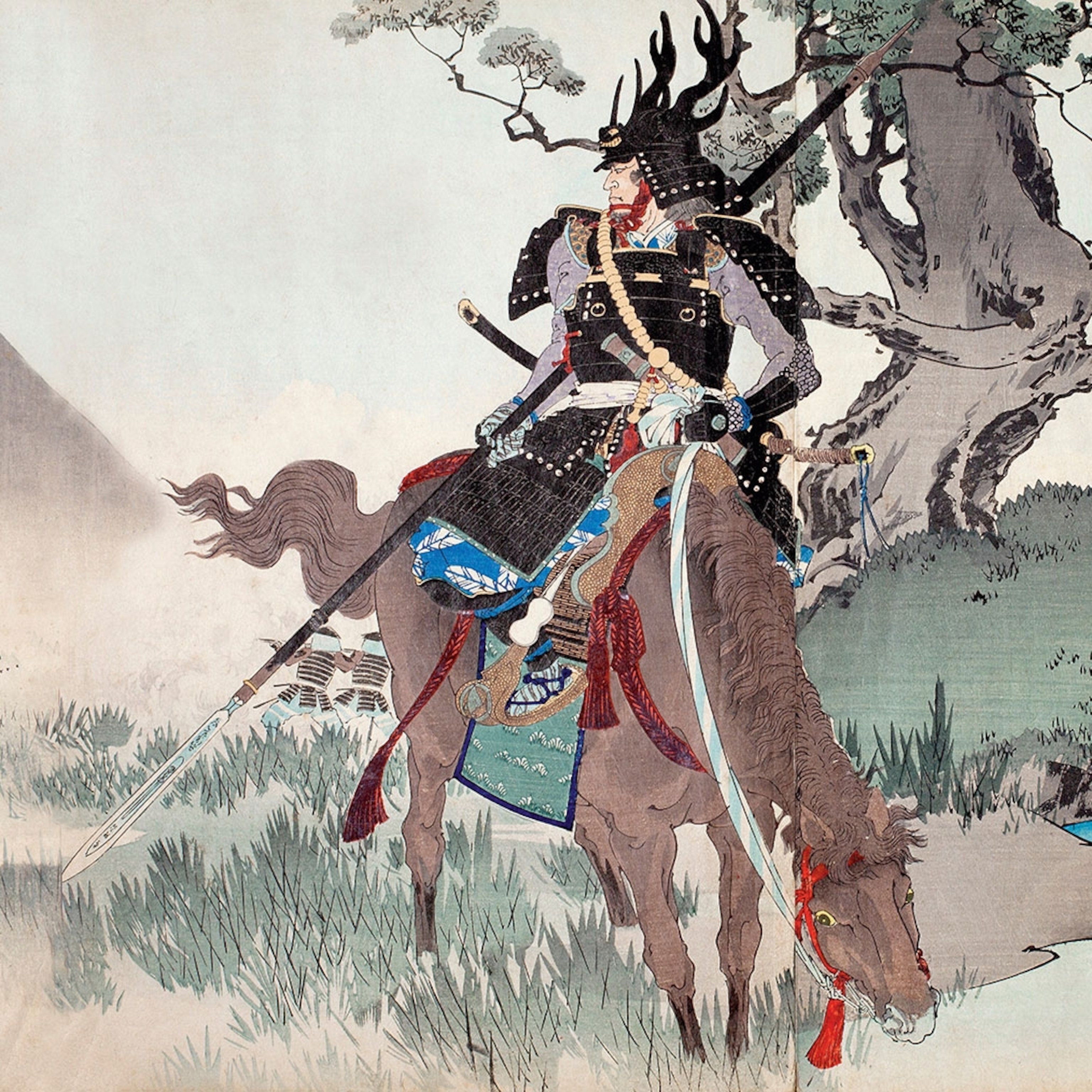The truth behind the legend of Miyamoto Musashi, Japan’s greatest samurai
Miyamoto Musashi’s duels made him a legend. His writings made him immortal. Here’s what history can (and can't) confirm about the man behind the myth.

Few warriors in history have inspired as many stories as Miyamoto Musashi, Japan’s most famous samurai.
Historian Hitomi Tonomura remembers how deeply his legend shaped childhood play in Japan, recalling how she and a friend would duel with sticks, mimicking Musashi’s two-sword technique. “What child does not know Musashi!” she says.
Revered for his unmatched skill, Musashi has been immortalized in art, literature, film, theater, and manga—and now, in the newly released video game, Ghost of Yōtei.
According to Nate Fox, creative director at Sucker Punch, the game was “directly inspired by Musashi’s Book of Five Rings, especially on improvising and relentlessly looking for every advantage in combat.”
Two characters also draw from the revered swordsman—a sensei who teaches the hero how to wield dual swords, and a legendary figure celebrated for creating the two-sword style.
(Whatever happened to the samurai?)
Additionally, Fox says that there are some “serious Musashi easter eggs” because “we understand that by having our hero fight with two swords, it was necessary to acknowledge the technique came from a great master who pioneered the style.”

Nearly four centuries after his death, here’s what history reveals about Japan’s most enduring cultural icon.
Who was the real Miyamoto Musashi?
The first thing to know about Musashi is that we actually know very little about him for certain. Everything from his name to the year of his birth is a subject of debate among scholars.
We know that Musashi was a skilled samurai who was born in the early 1580s (likely 1582 or 1584 and died in 1645. The name “Miyamoto Musashi” was one of several he used throughout his life, but it was not his given name at birth nor the name on his memorial. Scholars believe it is likely that Musashi was adopted, and translator and scholar Alexander Bennett has suggested that, based on accounts of his behavior and relationships, Musashi might today be recognized as being on the autism spectrum.
Musashi was best known for founding the School of Two Swords and is considered a kensei (“sword saint”).
(Follow in the footsteps of samurai on this ancient trail.)
However, like most samurai of the time, Musashi’s talents extended far beyond combat. Musashi came of age during the final years of Japan’s Warring States period—a century of civil conflict that ended with the rise of the Tokugawa shogunate in 1603. As peace took hold, the samurai class had to redefine their role, turning from battlefield warriors into scholars, bureaucrats, and artists.
In his book Miyamoto Musashi: His Life and Writings, martial artist and sociologist Kenji Tokitsu described Musashi as reminiscent of Leonardo da Vinci “because of the extension of his art into so many domains and the way in which he explored the limits of the knowledge of his time.”Musashi was an accomplished painter of sumi-e (monochrome ink painting), a sculptor, and a calligrapher.
Near the end of his life, Musashi penned his most enduring work—a set of scrolls known as The Book of Five Rings. In it, Musashi wrote that a warrior must keep the mind calm and centered, never allowing emotion or distraction to dictate action. Although these writings were primarily advice for fellow warriors, they carry lessons in strategy and philosophy that continue to influence the modern world today.
Creating a legend
Much of what we know about Musashi comes not from history, but from legend. Over the centuries, storytellers have filled the gaps in his biography with duels, rivalries, and near-miraculous feats.
According to Musashi himself, he fought and killed a man in single combat at just 13 years old. The swordsman also claimed to have fought and won more than 60 duels (a large number, even for an accomplished samurai).
His most famous duel was against the warrior Sasaki Kojirō (also known as “Ganryū”), where legend has it that he ended the fight with a single blow from a wooden sword. However, despite the countless retellings and even a commemorative statue on Ganryū island, it’s possible that Kojirō himself never existed at all.
Musashi’s life quickly became a favorite subject for artists and playwrights. He appeared in everything from Kabuki plays to paintings. Though many of these date back hundreds of years, Bennett says that they functioned essentially as fan art rather than any historical documentation.
Centuries later, Musashi was reborn for a new audience. In 1935, writer Yoshikawa Eiji began a series of stories about Musashi in a Tokyo newspaper. These went on for four years and were eventually compiled into a book, reintroducing Musashi to the average Japanese reader. Despite these stories being almost entirely fictional, most of the modern portrayals of Musashi have been heavily influenced by Eiji’s work.
Musashi’s life may be shrouded in myth, but his impact is unmistakable. His ideas about focus and self-mastery still resonate—from martial arts studios to modern pop culture.
(Inside the foundry forging $15,000 artisanal samurai swords.)
“Musashi is the quintessential duelist,” Fox says. “His story of defying convention and coming out on top is inspirational.”








